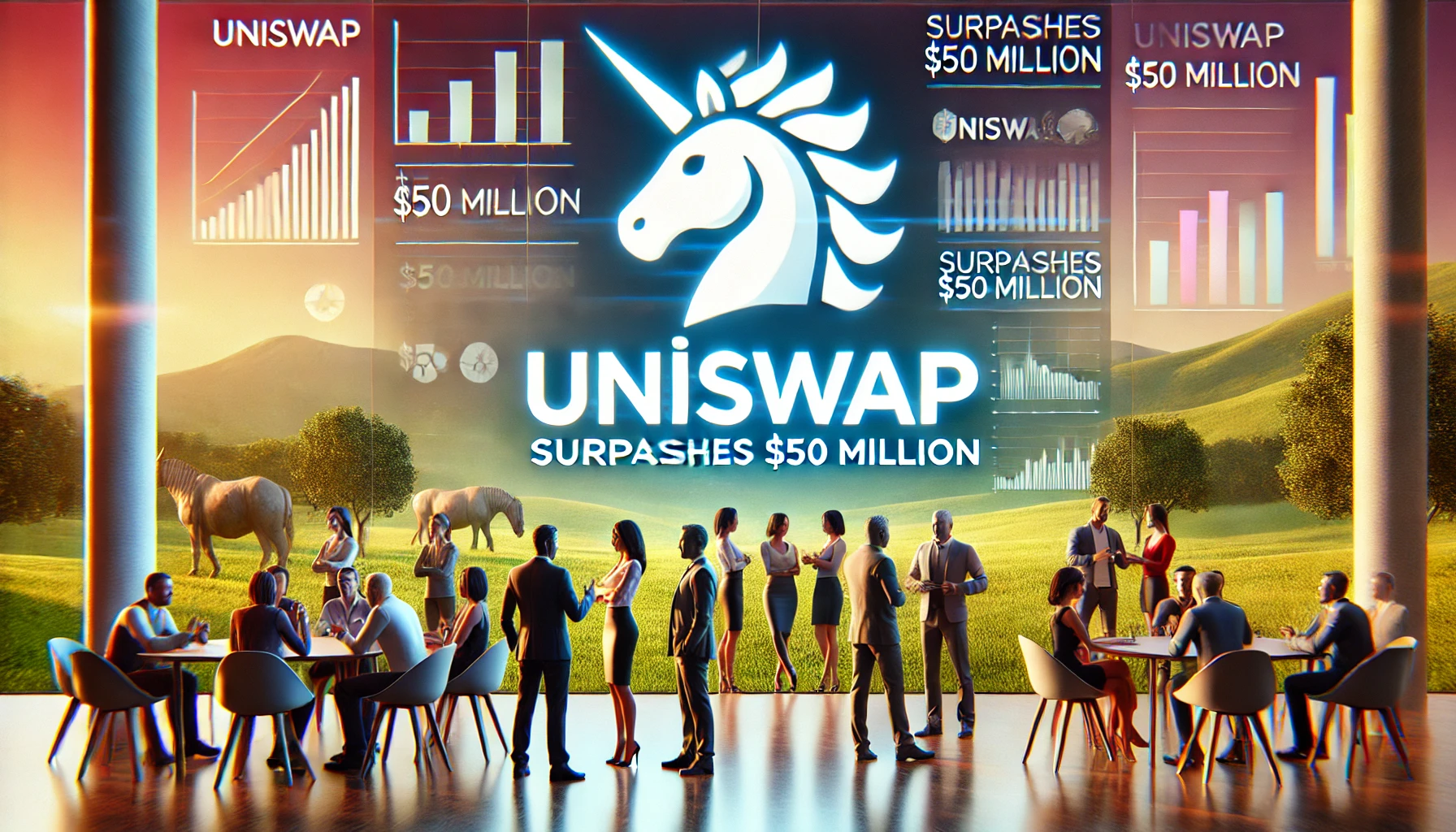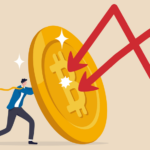Uniswap Labs, the firm behind the widely-used Uniswap protocol, has reached a significant milestone, with cumulative front-end fees surpassing the $50 million mark. This achievement marks a notable chapter in the story of decentralised exchanges (DEXs), as Uniswap continues to dominate the on-chain swap market. While the news is a testament to Uniswap’s ongoing success, it also raises questions about the future of DEXs and the choices available to their users.
How Uniswap Made $50 Million in Fees
In October of last year, Uniswap Labs introduced a 0.15% fee for transactions conducted through its web interface and wallet app. This fee was the first of its kind for Uniswap, marking a new revenue stream for the developer firm. By mid-April this year, Uniswap Labs decided to increase this fee from 0.15% to 0.25%, further boosting its income from user transactions.
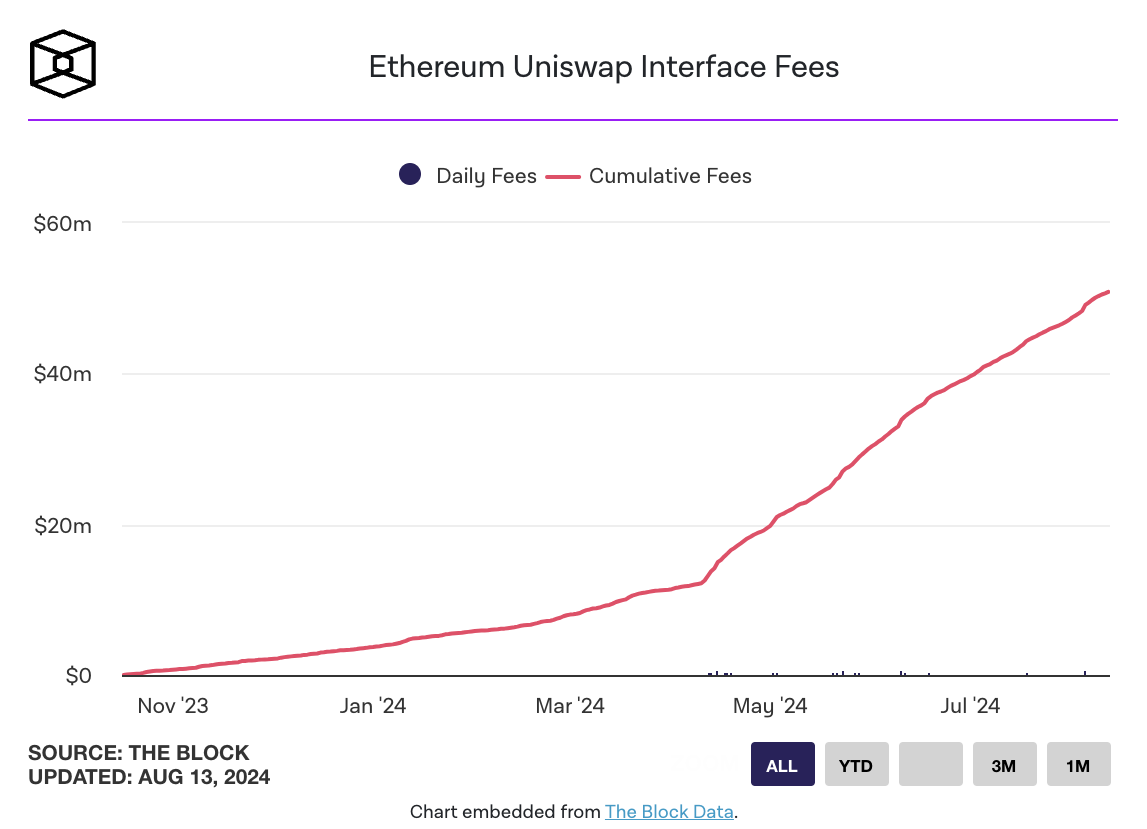
The impact of these fees has been substantial. Since the beginning of the year, Uniswap’s cumulative front-end fees have skyrocketed, growing over thirteenfold from $3.7 million on January 1st to more than $50.6 million. This rapid growth reflects both the increasing popularity of Uniswap and the significant role these fees have played in the company’s revenue model.
Uniswap Leads in On-Chain Swap Volume
Despite the introduction and subsequent increase of front-end fees, Uniswap has maintained its position as the largest DEX in terms of on-chain swap volume. According to data from The Block’s dashboard, Uniswap hosted a staggering $54 billion out of a total $154 billion in swap volume for the month. This means that a significant portion of all DEX activity continues to take place on Uniswap, even with the added cost for users.
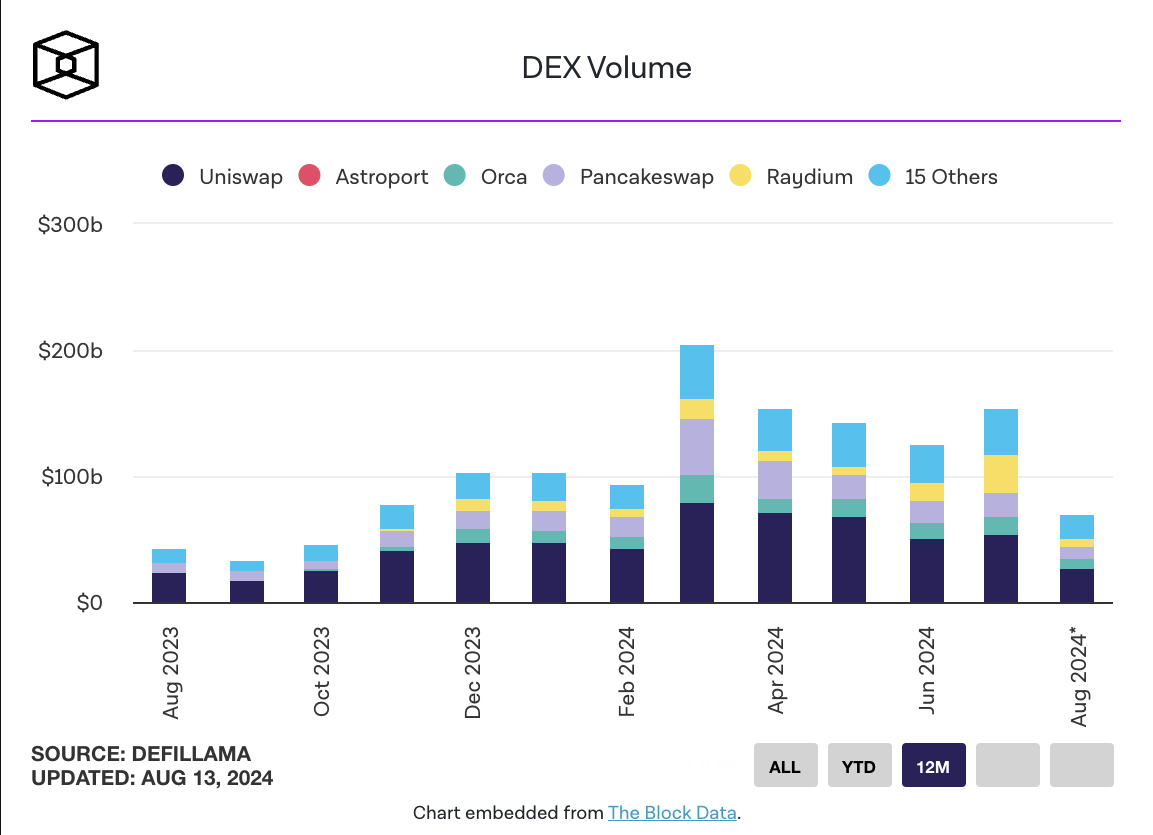
The platform’s dominance in the DEX market is a testament to its robust infrastructure and user-friendly interface. Uniswap’s ability to maintain its lead despite the introduction of fees suggests that users are still finding value in the platform, even if it comes at a slightly higher cost. However, this dominance also brings into focus the choices users have when it comes to avoiding these fees.
Ways to Avoid the Front-End Fee
For users looking to avoid the front-end fees imposed by Uniswap, there are alternative options available. DEX aggregators such as 1inch, Cowswap, and Paraswap offer a way to conduct transactions without incurring extra charges. These platforms aggregate liquidity from various DEXs, allowing users to find the best possible rates for their trades without being tied to a single platform.
In July, the Uniswap front accounted for 25.7% of DEX activity, while 1inch, the most-used DEX aggregator, accounted for 19.8%. This suggests that while Uniswap remains a dominant force, a significant portion of DEX activity is still taking place on platforms that do not charge the same front-end fees.
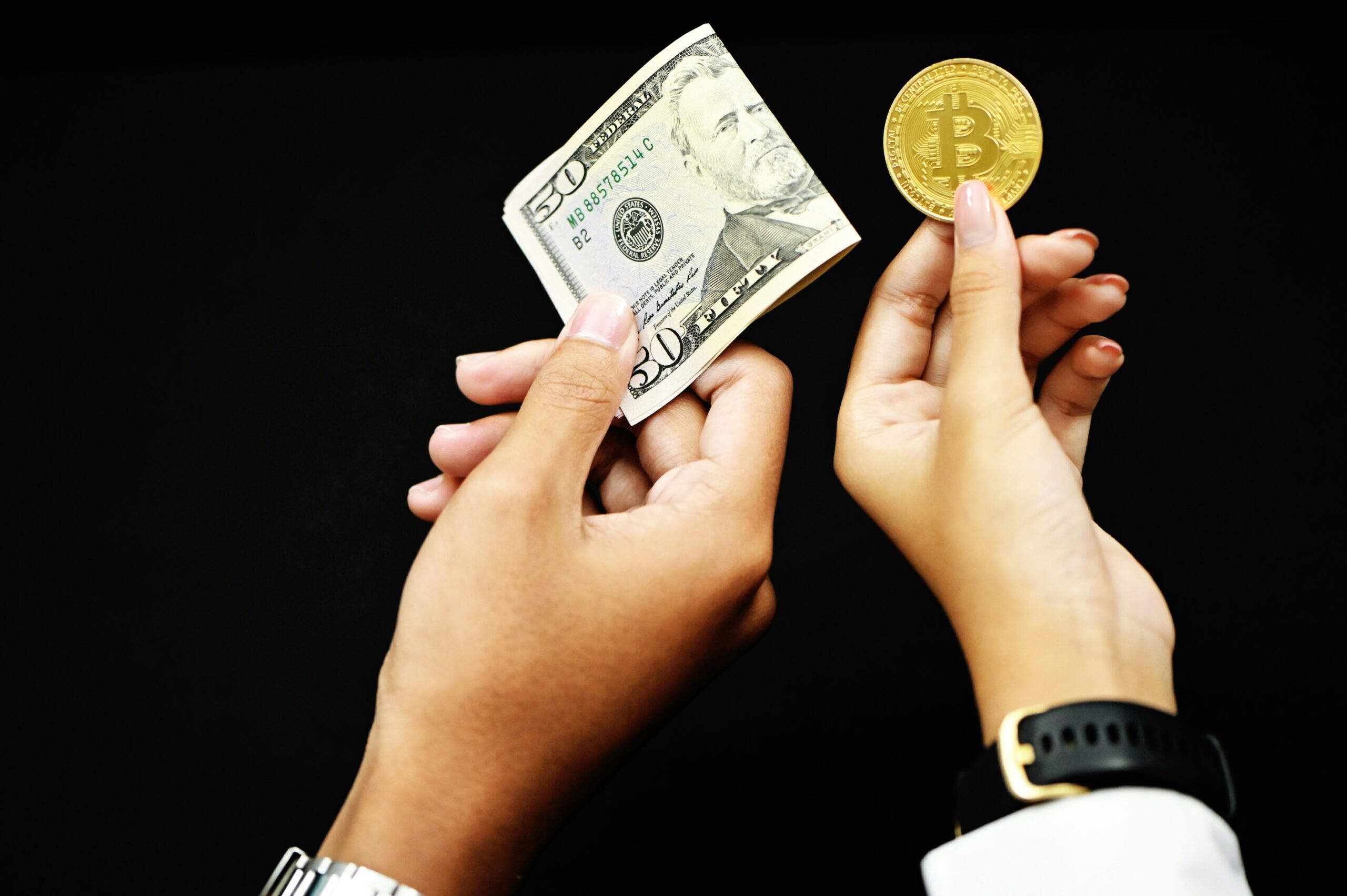
Users are increasingly aware of these alternatives, and as the DEX market continues to evolve, it will be interesting to see how these dynamics play out. The rise of DEX aggregators represents a shift in user behaviour, with many seeking to maximise their returns by avoiding unnecessary fees.
What the Future Holds for Uniswap and DEXs
As Uniswap Labs continues to move forward, the future of decentralised exchanges seems bright, yet uncertain according to some crypto experts. The firm’s success in generating over $50 million in front-end fees clearly indicates its influence in the market. However, it also highlights the delicate balance that must be maintained between profitability and user satisfaction.
The introduction and subsequent increase of front-end fees may have helped boost Uniswap’s revenue, but it also opened the door for competitors to attract users looking for lower-cost alternatives. DEX aggregators like 1inch are already capitalising on this by offering fee-free options, and their growing share of the market is a trend that Uniswap will need to monitor closely.
In conclusion, Uniswap Labs has proven its ability to lead the DEX market, but the journey is far from over. As the landscape of decentralised finance continues to transform, Uniswap’s next steps will be crucial in determining its long-term success. Whether it continues to dominate or faces increased competition from fee-free alternatives.






































































































